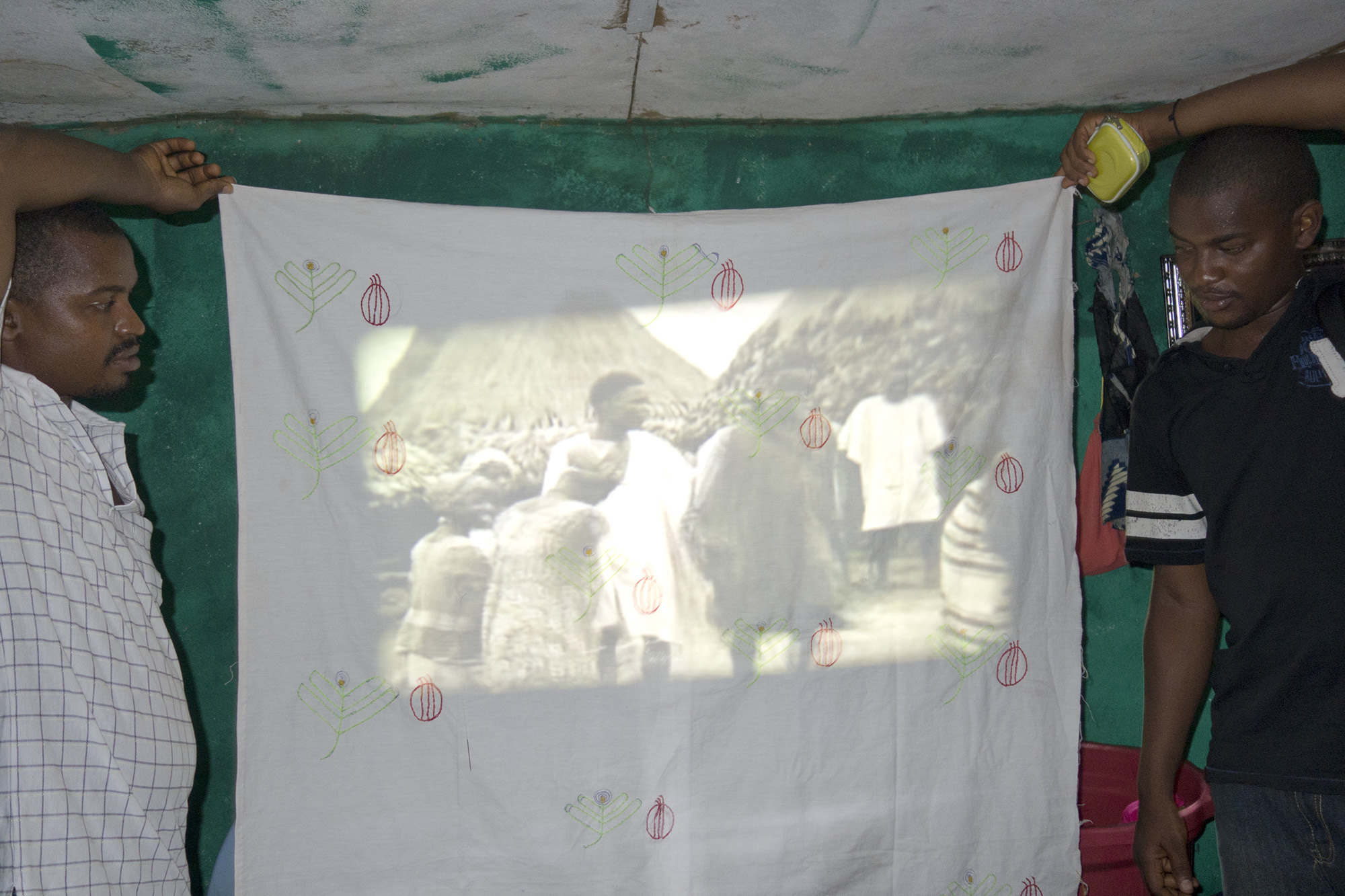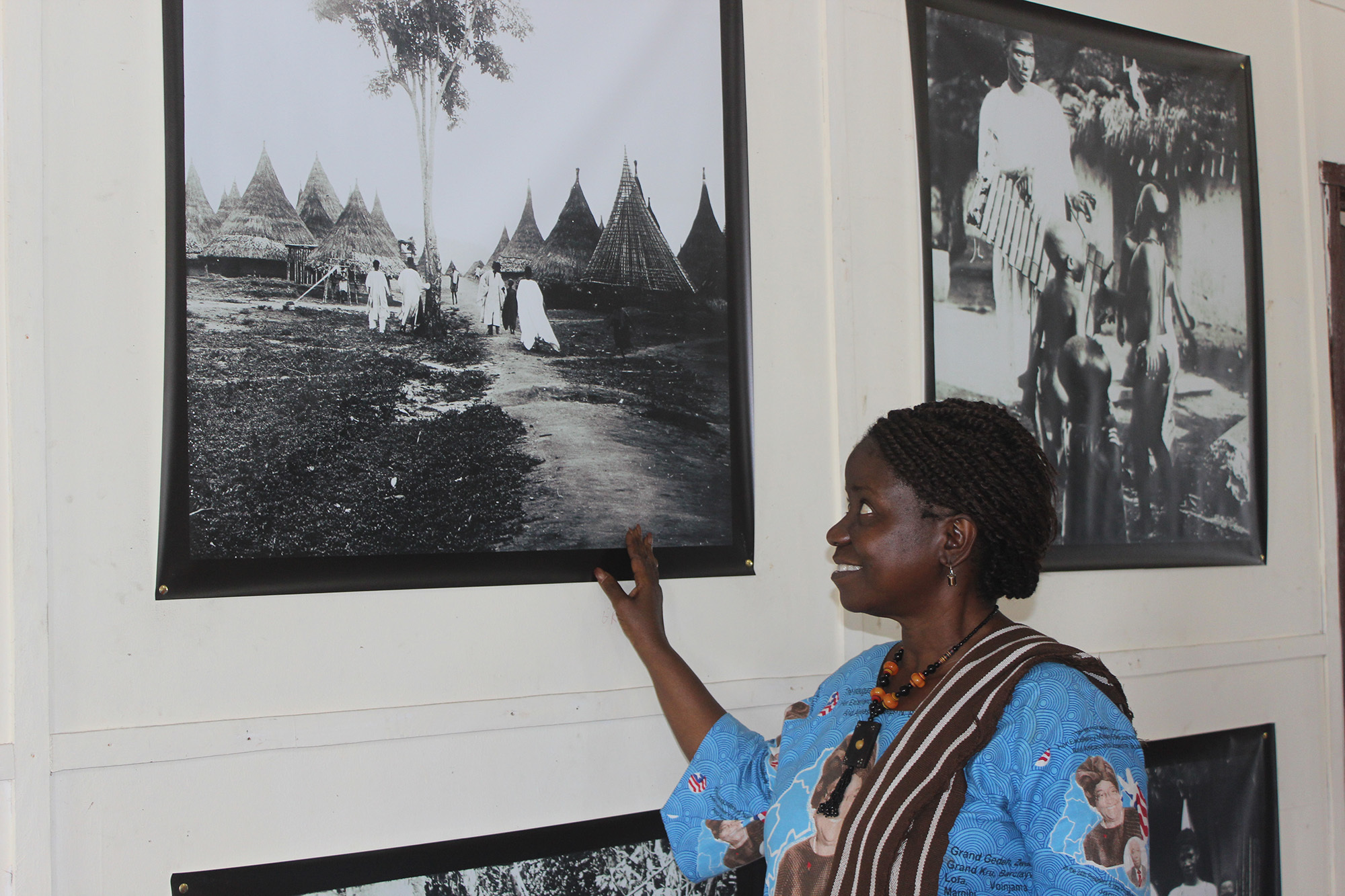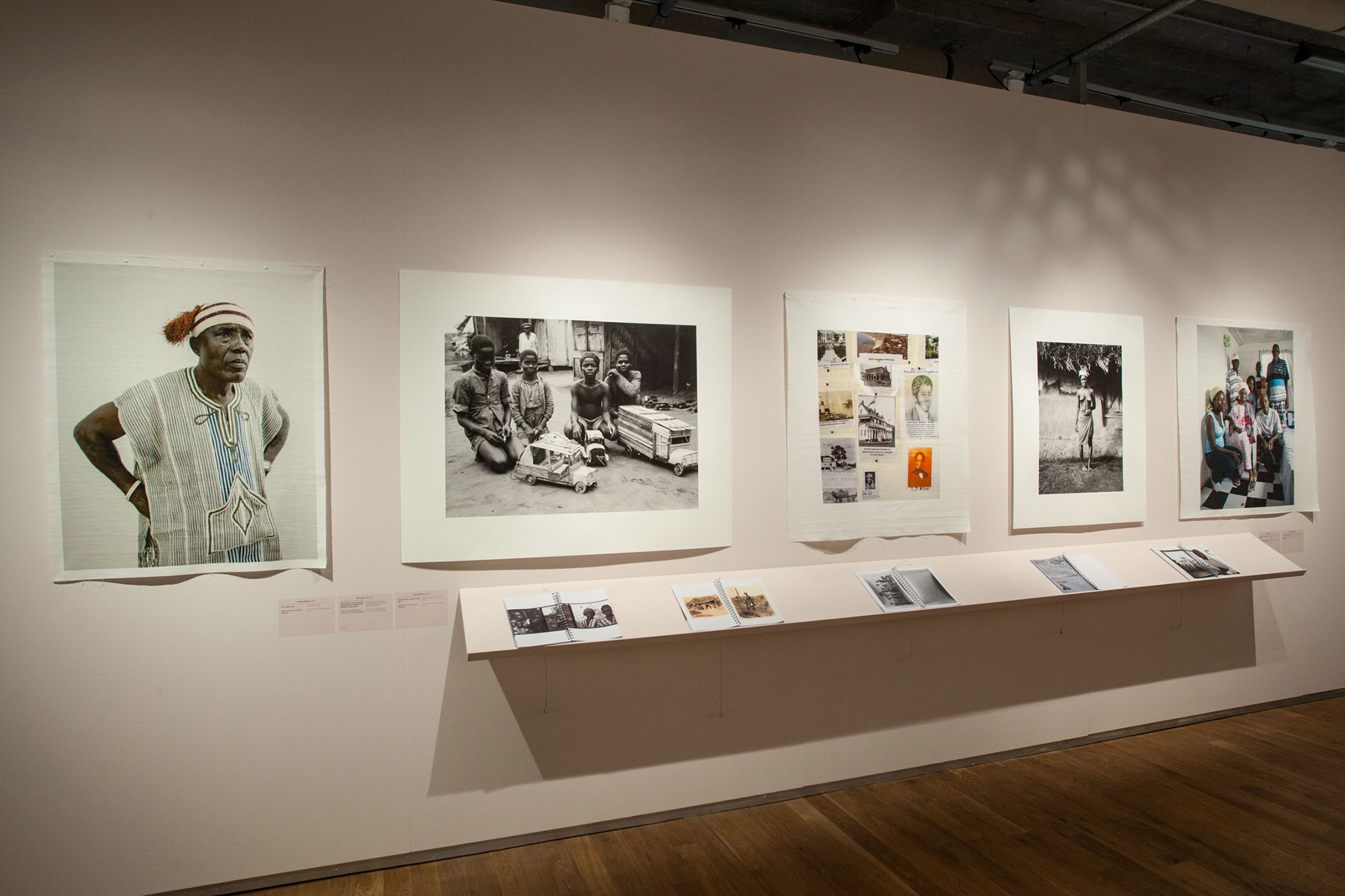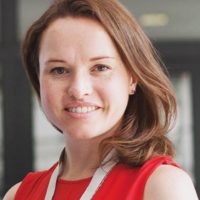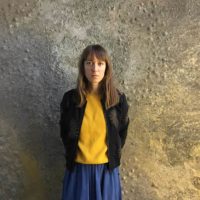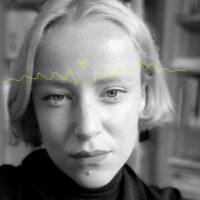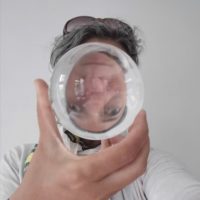Each year the KABK makes provision for a selected group of its tutors and staff to work on a self-defined research project in the context of a Research Group. The nature of these projects varies, from research driven by and through one’s own artistic or design practice to historical or theoretical research; from material or technological research to academic research in preparation for a PhD-trajectory. Since 2018, the Research Group has been run under the Lectorate Design and chaired by Alice Twemlow. In monthly meetings, we discuss participants’ progress and questions related to methods for research and analysis, theoretical concepts, and modes of dissemination. The year concludes with a symposium where participating tutors share the outcomes of their research projects with the KABK community of colleagues and students, as well as invited respondents.
The Research Group 2019 was chaired by Alice Twemlow, head of Design Lectorate.
Participants Research Group 2019
Overview of the participants and their research projects:
tutor, BA Graphic Design and MA Non Linear Narrative
RE-READING ARCHIVAL NARRATIVES
This project builds on two archive-based commissions already conducted by Foundland Collective: Timestack, which used installation pieces to re-narrate specific migration and displacement stories elicited from the largest Arab American archive in the United States (The Alixa Naff Archive, Smithsonian Museum, Washington DC); and Real-time History, which provided a reinterpretation of a selection of disputed video evidence which had been uploaded by citizen journalists on Youtube during one year of the Syrian conflict.
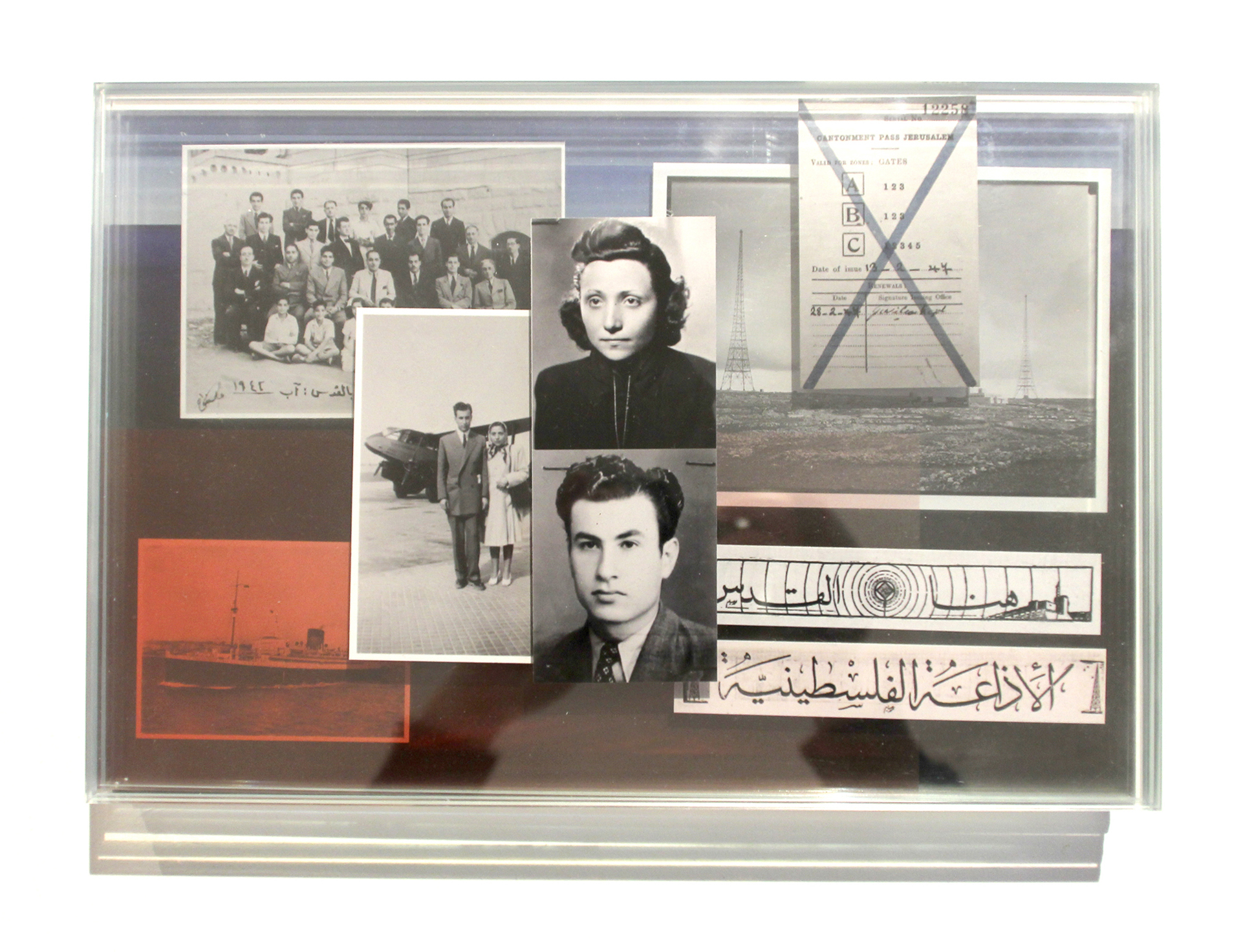
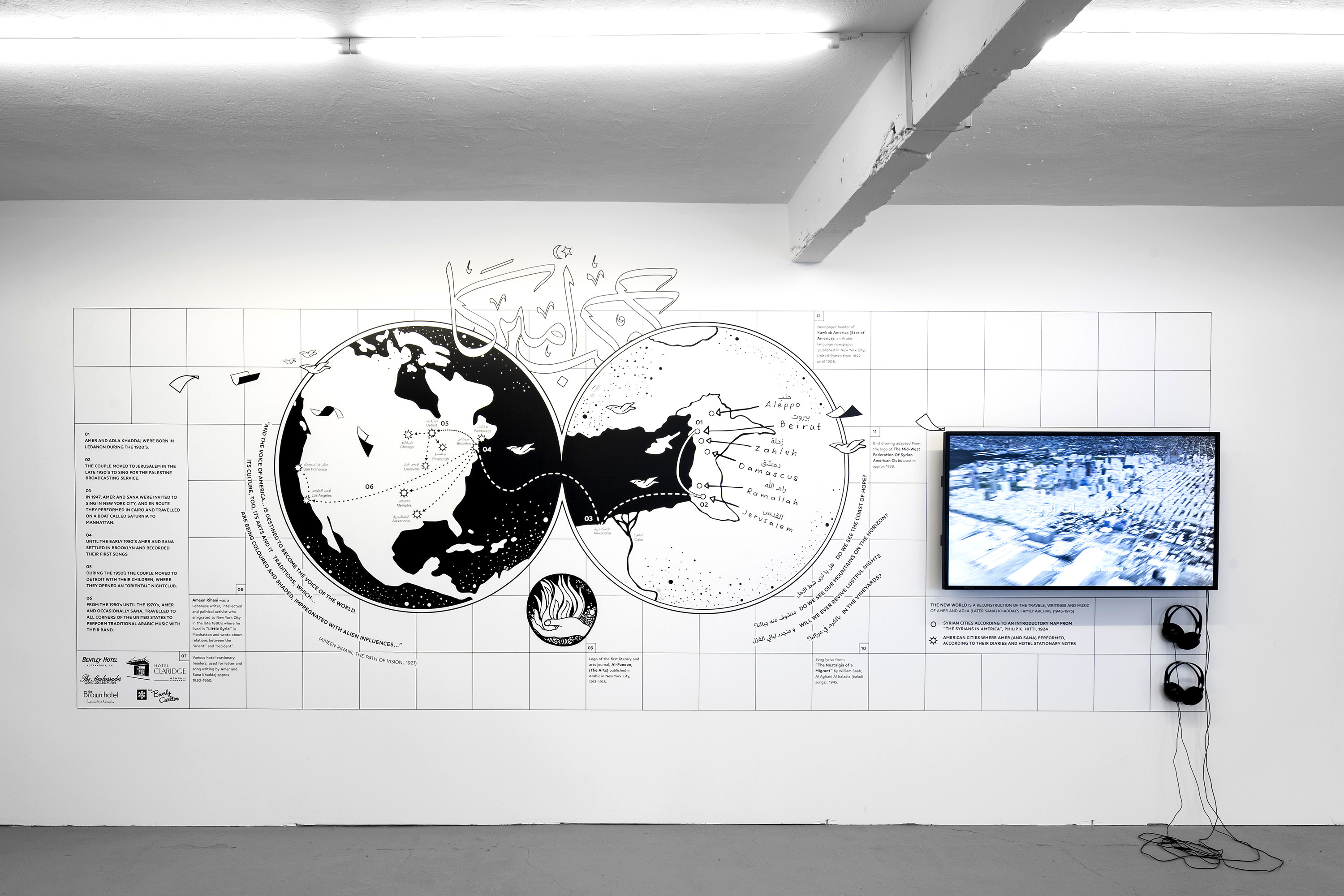
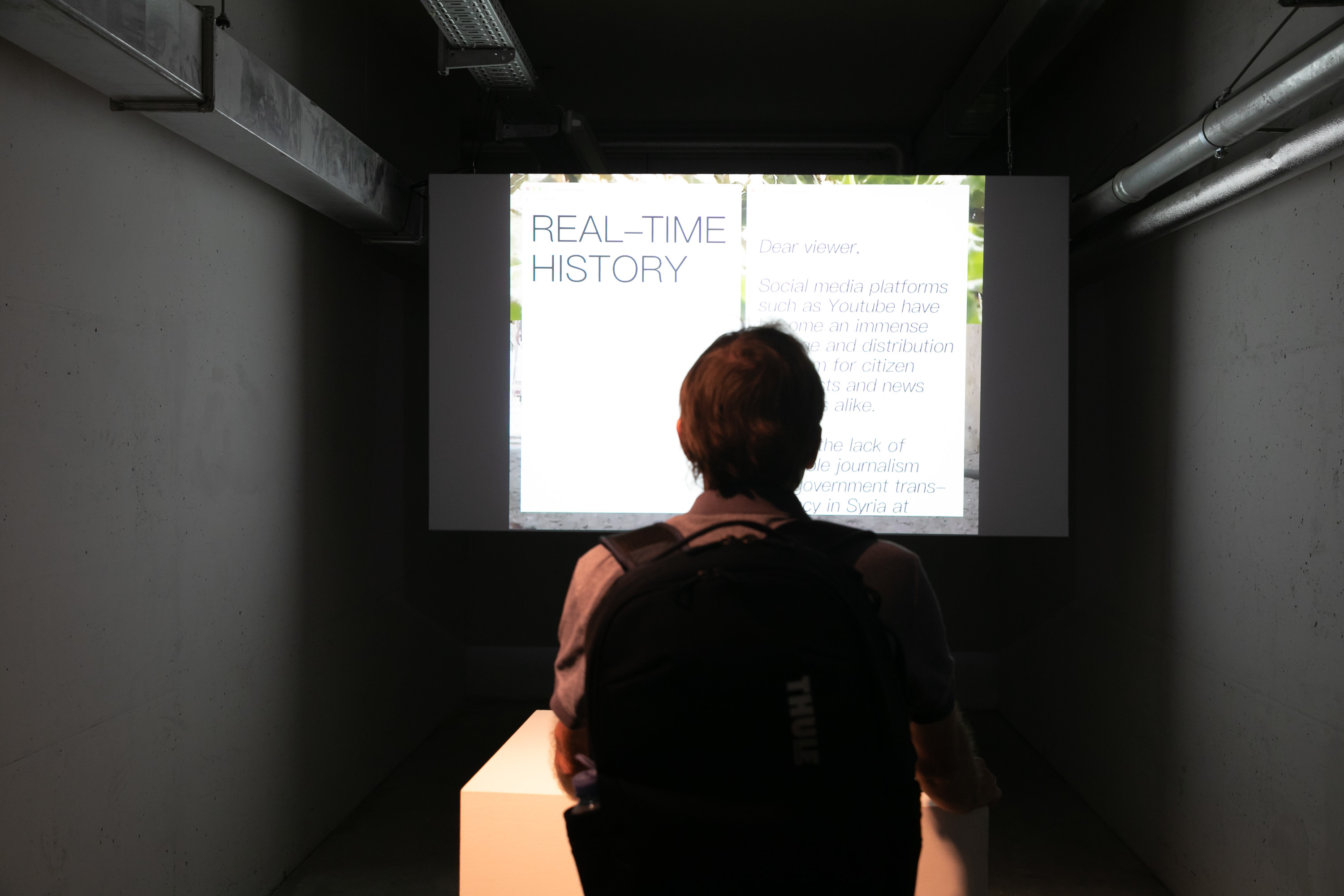
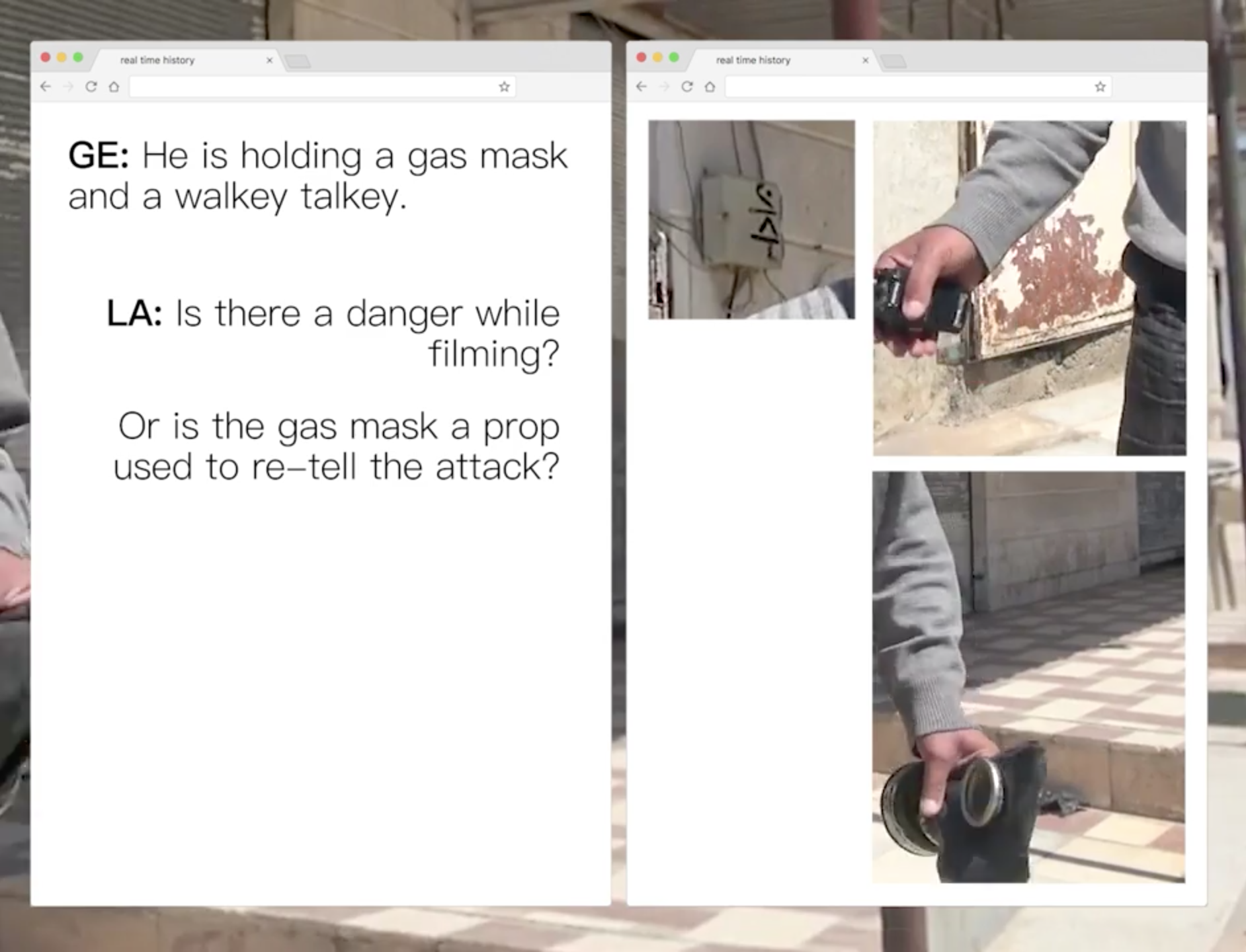
Alexander’s current project is centred on a set of interrelated questions:
How can design be used as a tool to (re)discover, (re)interpret and (re)distribute narratives related to the archive?
How can (re)interpretation or alternative readings of archival materials be relevant to deciphering a contemporary context and amplify previously unheard voices and stories?
In what ways can design assist in methods of re-looking and therefore better understanding material, which is potentially valuable or revealing evidence?
She aims to publish her findings and reflections. Her goals include identifying and sharing research methods that allow for deeper and more nuanced excavation and interpretation of archival material, creating critical awareness of the way dominant narratives are currently constructed and how unheard or under-represented stories could be better understood and publicized.
tutor, BA Interactive Media Design
360º
360º explores the potential for exchange between the fields of robotics, movement analysis and dance in order to develop haptic, kinetic objects derived from physical modelling and embodied collaborative data.
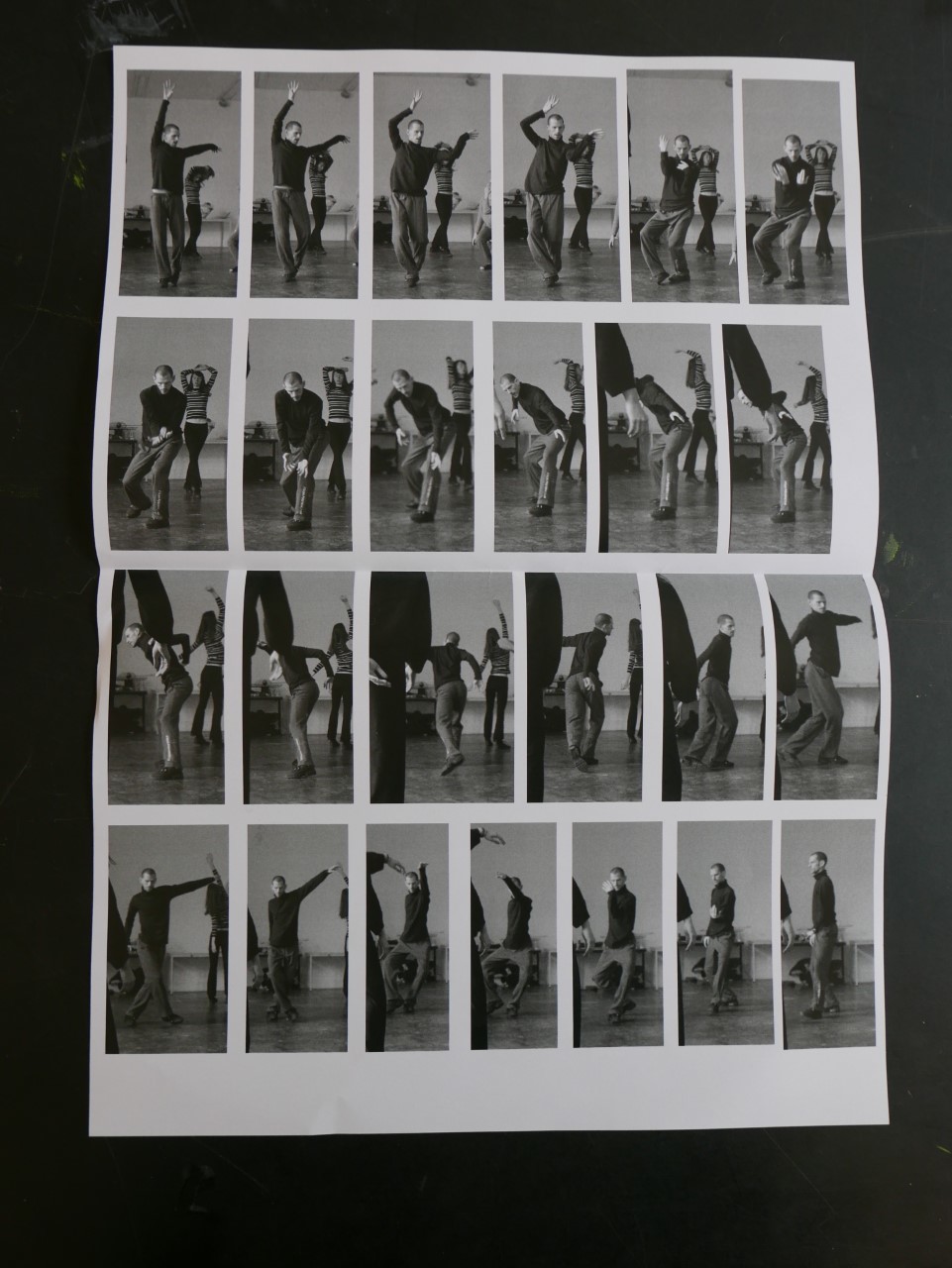
The project brings together research into small-scale intelligent robotic systems on the one hand and the dancers’ kinaesthetic perception and knowledge about the conscious and unconscious body on the other. The dance research will be made in collaboration with ICK Amsterdam.
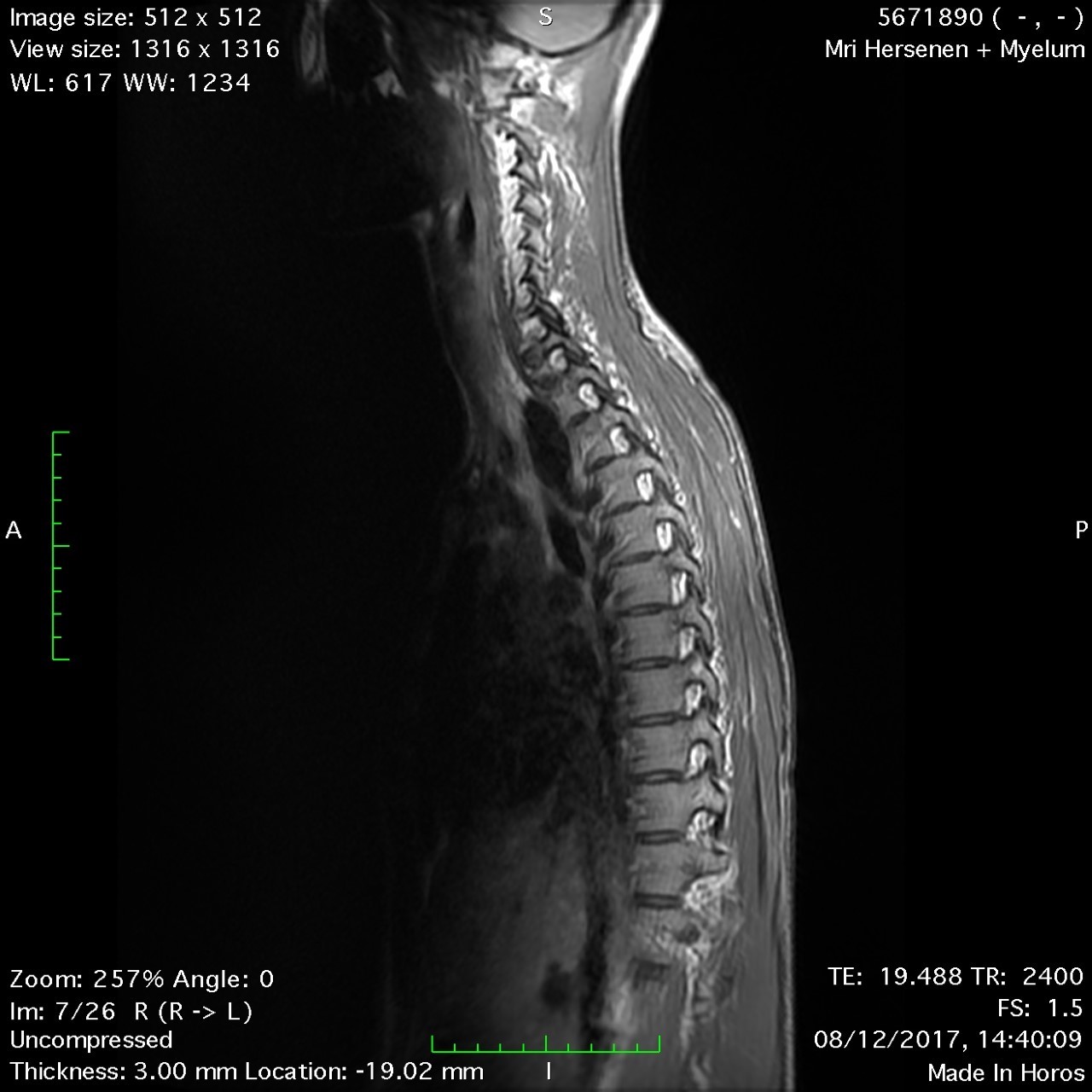
The project is inspired in part by the experience of medical procedures, which consider medical imaging as a definitive reference to the condition of the living human body. This protocol frames sections of the human body into fixed states and is incapable of capturing the constantly changing biological system or the factors situated beyond the technological lens.
Positioned in between the discrete methods of science and the continuous methods of the performing arts, 360º aims to take a third position that seeks to enable new perspectives on, and experiences of, the body.
tutor, BA Graphic Design and MA Non Linear Narrative
THE SPECTRE OF SPECULATIVE DESIGN
In this project, Ruben Pater investigates the relation between capitalism and design by evaluating the ethical and humanitarian claims of speculative design in relation to their impact in the commercial sphere.
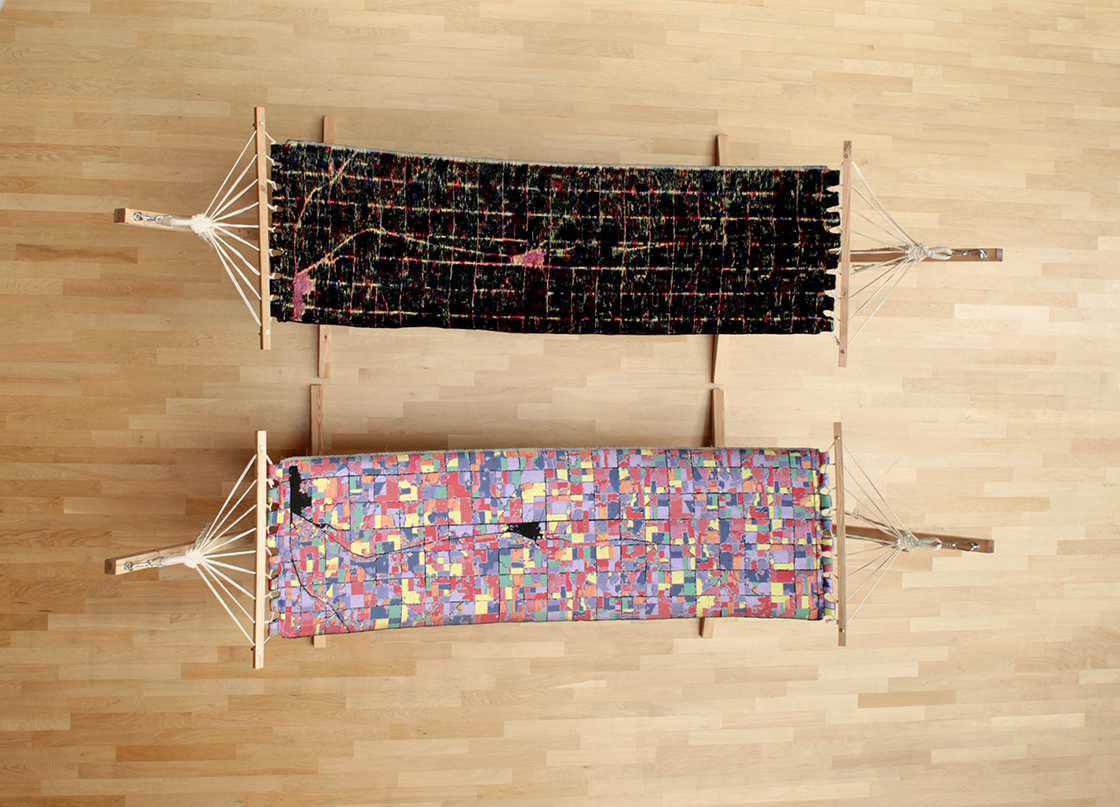
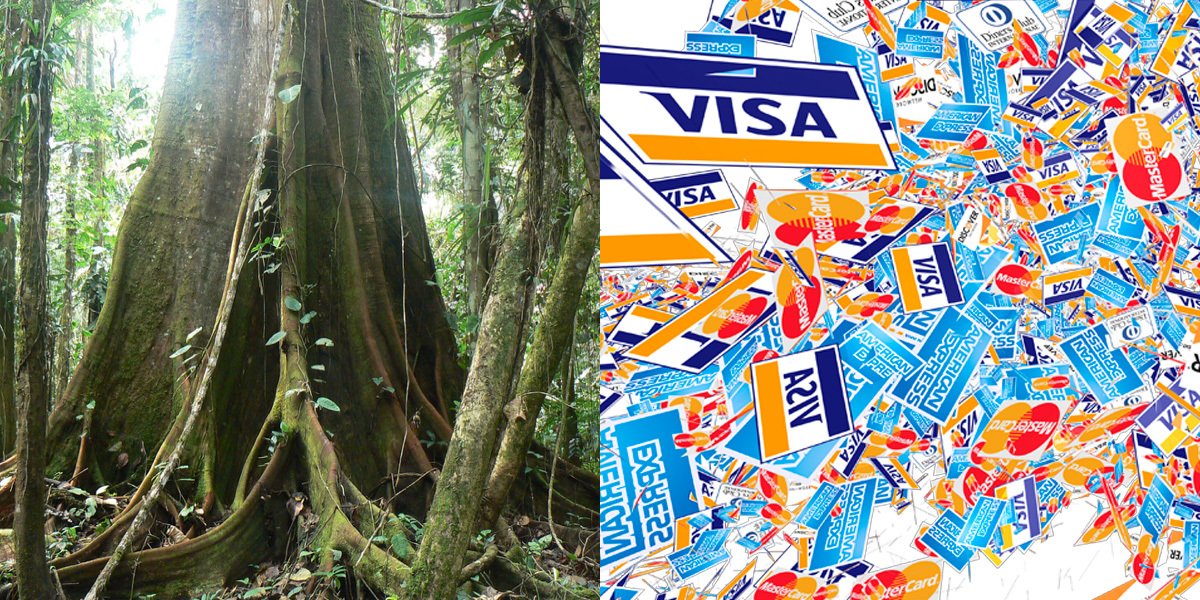
Speculative design works will be analysed with particular attention to production, funding, education, surrounding networks and supporting institutes. This inquiry is placed in the context of ‘cognitive capitalism’ with Silicon Valley as its epicentre, where capital is created through the imagining of future markets and business models.
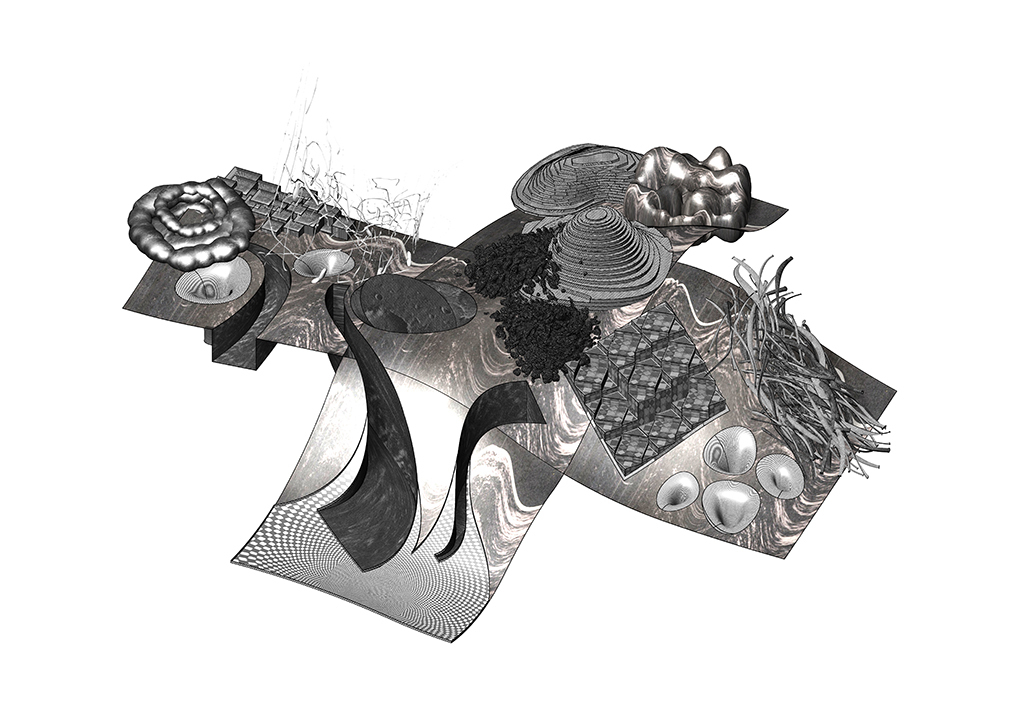
This research project asks whether speculative design actively questions and resists the capitalist logic by inventing alternatives, or whether it rather creates new markets and is perhaps a necessary by-product of the cognitive mode of twenty- first century capitalism.
tutor, BA Graphic Design, Preparatory Year and ACPA Practicum Artium
MOVING MEMBRANES
Moving Membranes addresses the visual rhetorics of Frontex, the governing agency held responsible for the management of border control in the Schengen area.
By studying the ‘artistic’ utterances produced through the agency’s annual staff photo-competition—and exploring their relation to the broad range of analytical imageries produced by the agency as a whole—the research project seeks to question whether aesthetic modes of the image play a role in the contemporary performance of (automated) Schengen area border control.
Images become analogues to membranes, through which constructs of ‘factual neutrality’ and ‘creative expression’ are on the move. Moving Membranes mediates (artistic) research through a performative exhibition staging a series of lecture performances.
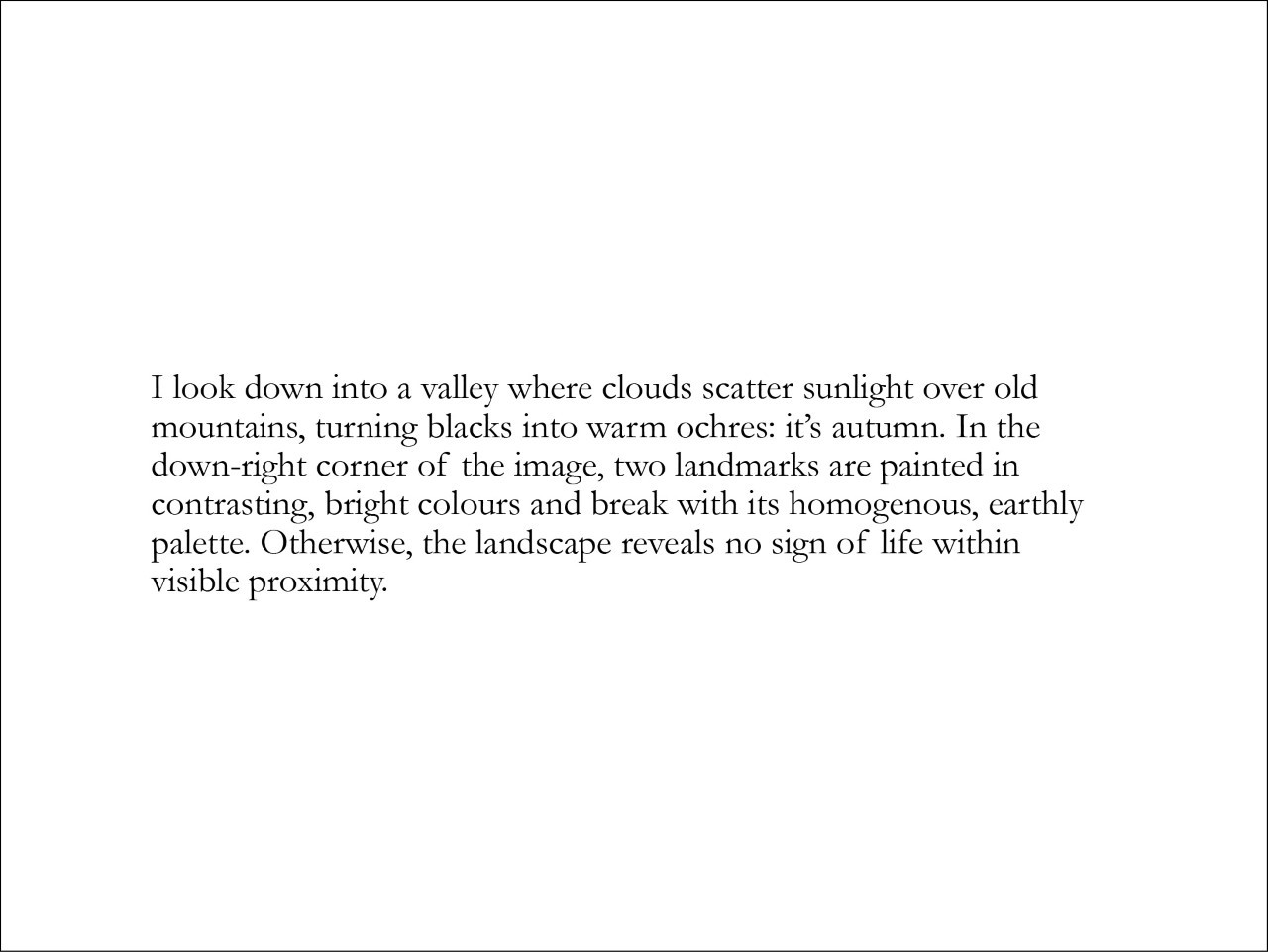

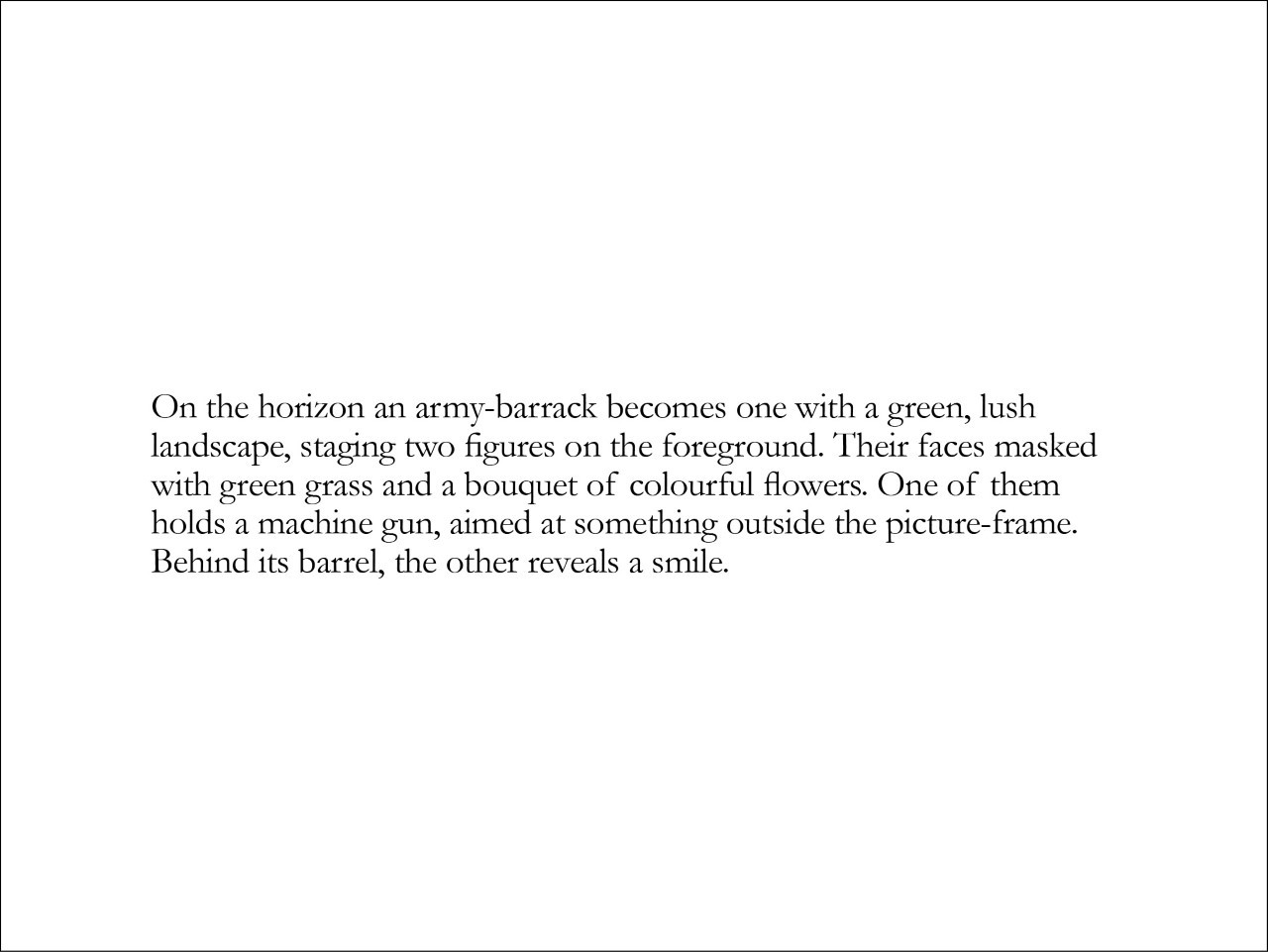
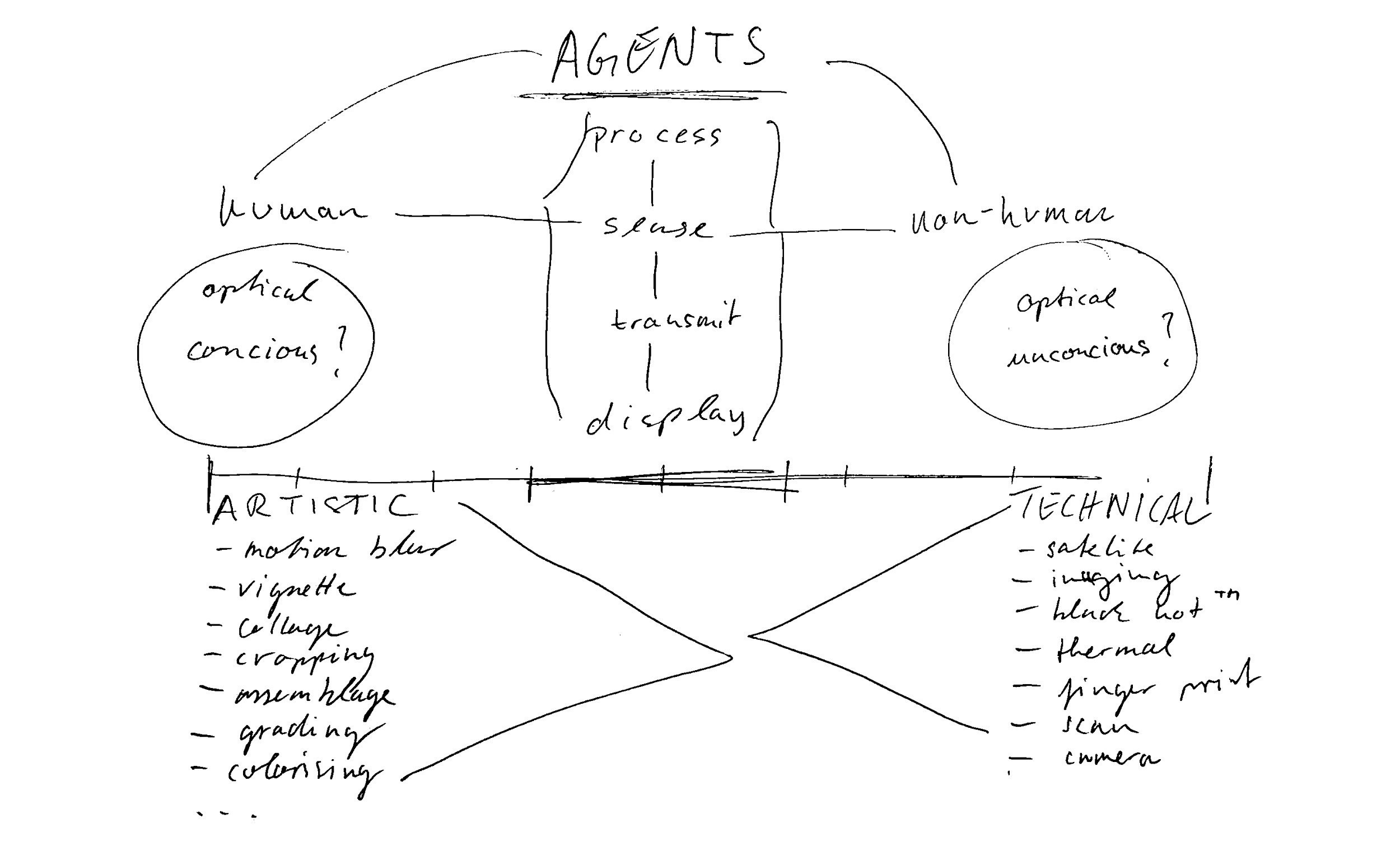
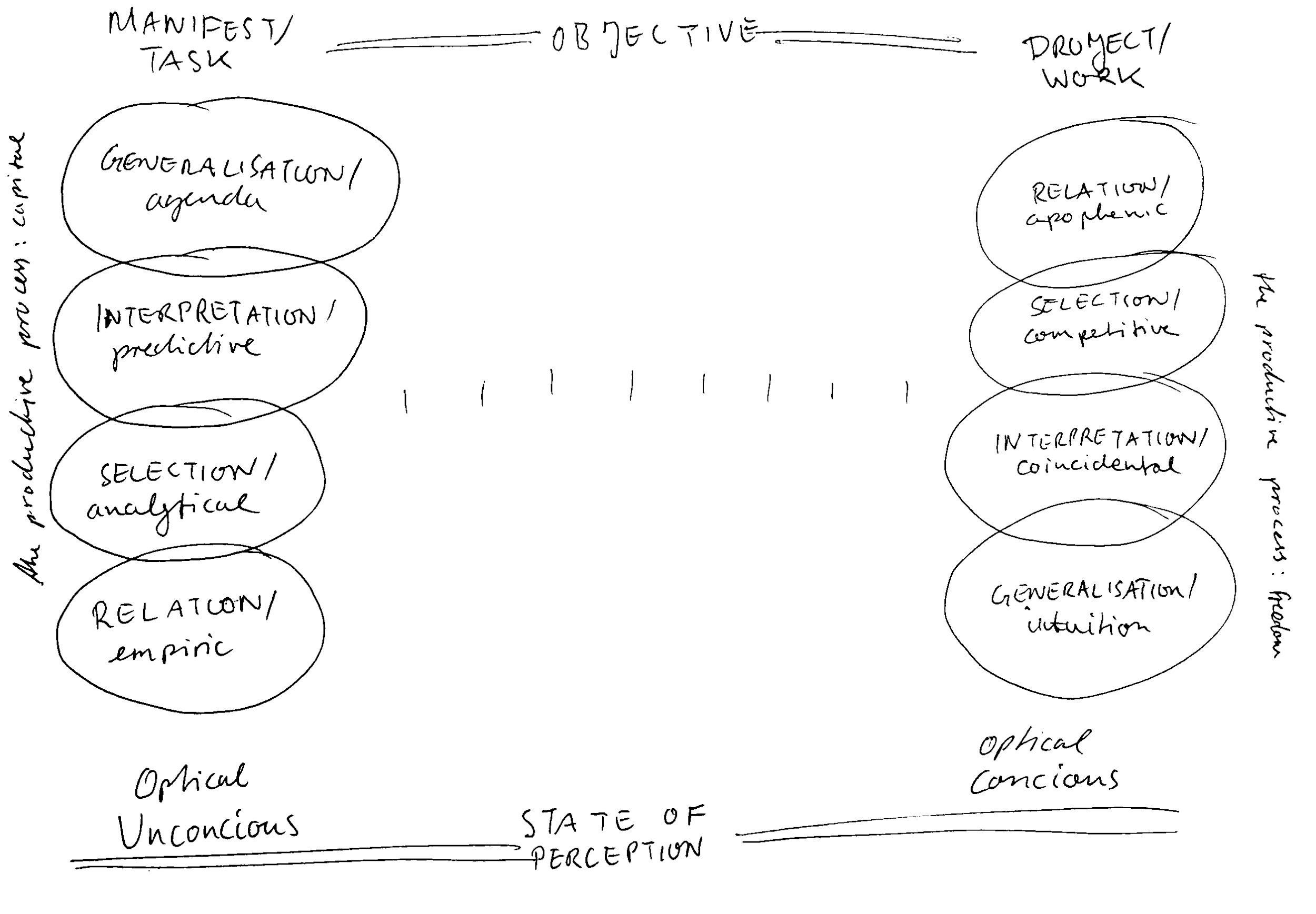
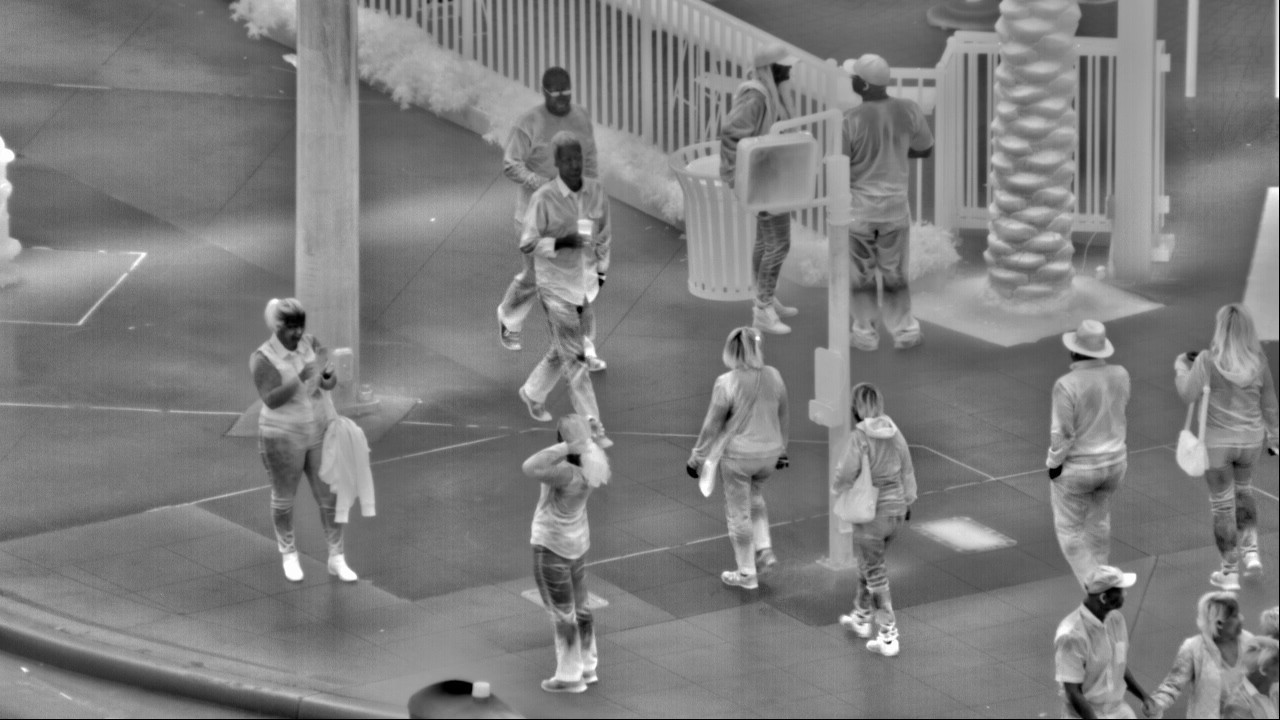
tutor, MA Photography & Society
PJU's AFRICAS TO BE CONTINUED: An attempt to move beyond the colonial gaze through engagements with an ambiguous 20th-century collection of photographs
In her doctoral thesis, Andrea Stultiens developed a method built on the idea of the photograph as an encounter (formulated by photo-theoretician Ariella Azoulay) that frames the engagements which follow from the encounters she initiates as ‘correspondences’ (as posited by anthropologist Tim Ingold). This leads to a practice that Stultiens calls ‘collective making’, which enables a ‘globalectic’ approach to reading complicated historical materials. Globalectics, in the words of author and literary scholar Ngũgĩ wa Thiong'o, ‘combines the global and the dialectical to describe a mutually affecting dialogue, or multi-logue, [… it] embraces wholeness, interconnectedness, equality of potentiality of parts, tension and motion. It is a way of thinking and relating to the world, particularly in the era of globalism and globalization’.
Between 2013 and 2016, Stultiens worked with a collection of photographs and films produced by the Dutch chemist and amateur anthropologist Dr Paul Julien during his travels on the African Continent, undertaken in the years between 1932 and 1960. In the research project ‘PJU’S AFRICAS – TO BE CONTINUED’, she will evaluate previous outcomes of her engagements with the PJU collection through a critical application of insights gained during her doctoral research and work towards new correspondences based on the question
How can an activation of Paul Julien’s legacy through ‘collective making’ contribute to more nuanced understandings of the depiction of ‘others’?
